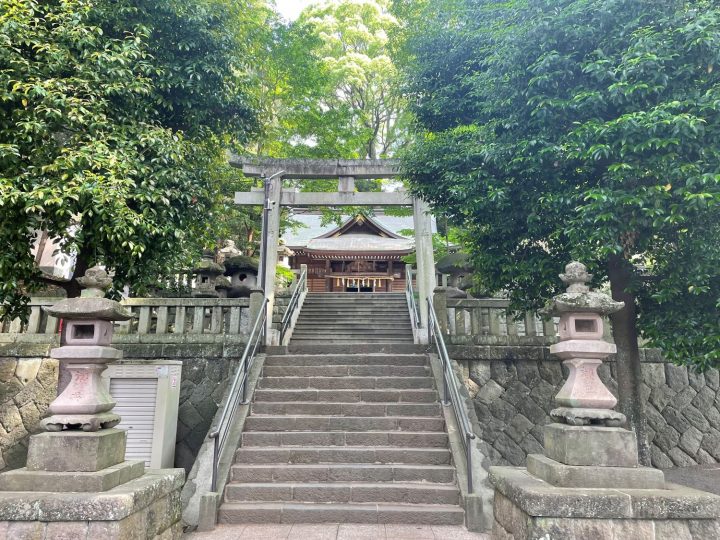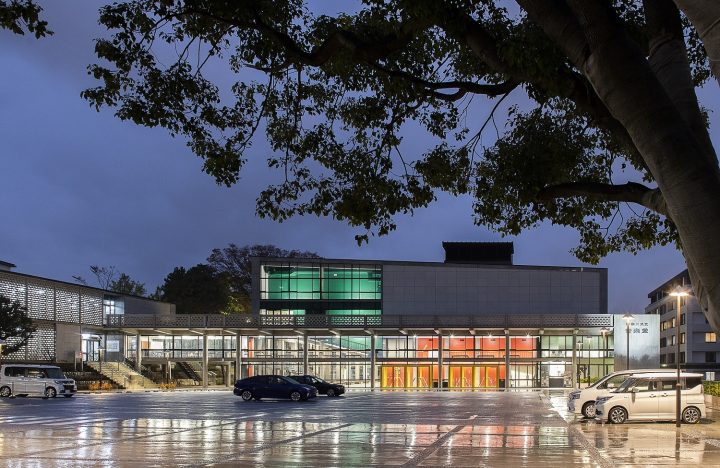[Video distribution has started!] "Kanagawa Traditional Culture Children's Seasonal Calendar"
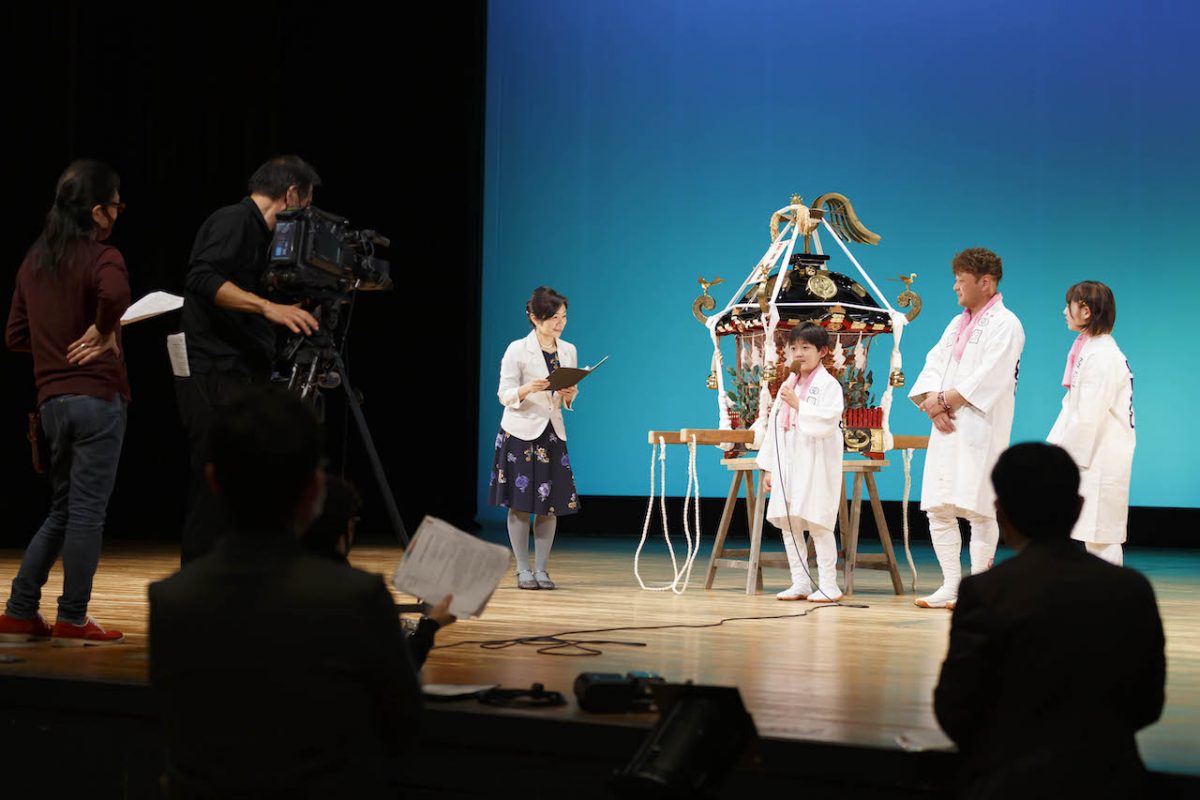
A world of art to visit, see and feel
File.33 "Kanagawa Traditional Culture Children's Seasonal Almanac"
Miyuki Inoue (Magcal Editorial Department)
"Kanagawa Traditional Culture Children's Seasonal Almanac" was planned as a place to experience the rich cultural heritage that has been nurtured in the climate of Kanagawa Prefecture, such as traditional performing arts, local folk tales and traditions, and old games that have been passed down through generations. Unfortunately, the performance at the Kanagawa Prefectural Youth Center Momijizaka Hall in March 2021 was canceled, but with the desire to "feel the energy of hope through a variety of traditional performing arts," the content of the performance that was scheduled to be held at the hall was partially changed and it was decided to stream it online.
It is said that traditional Japanese culture is filled with "prayers" for healthy daily life, such as for the growth of children, safety of the home, and the warding off of epidemics. In order to deliver the spirit of such "prayers" as soon as possible, we will report on the recording scene ahead of the video distribution on Thursday, March 25th!

A portable shrine was prepared on the stage. It has the same shape and decoration as the portable shrines that participate in the Chigasaki Beach Hamaori Festival, a summer tradition that represents the Shonan sea, and Yasunori Nakazato and his family from the Imajuku Matsuo Omi Mikoshi Preservation Society will explain its history and features. By the way, this portable shrine is a personal property of Nakazato, a portable shrine craftsman who made it himself.
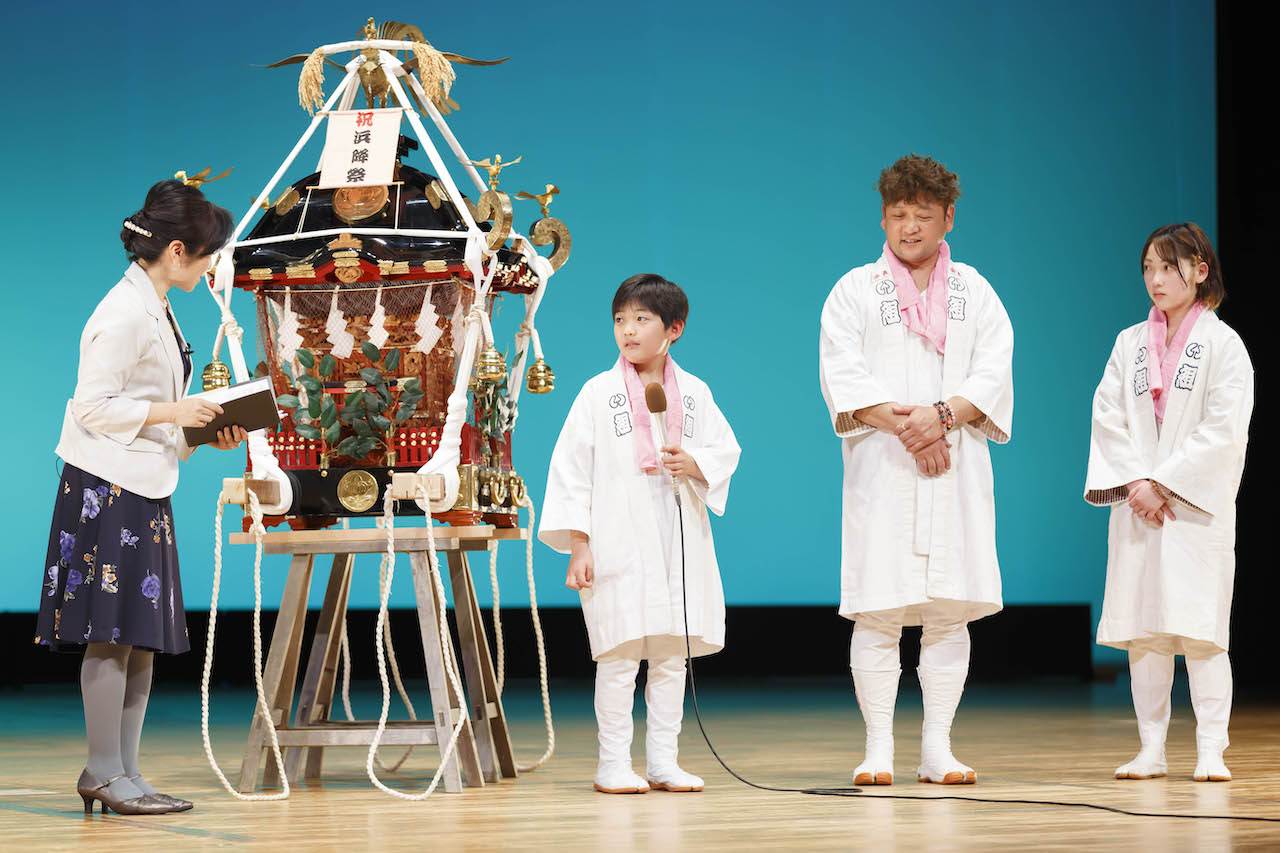
When I was interviewed by the host, Funamoto-san, I was a little nervous at first...
However, in the second half, the three family members sang "Jinku," a song sung at festivals, at a good tempo.
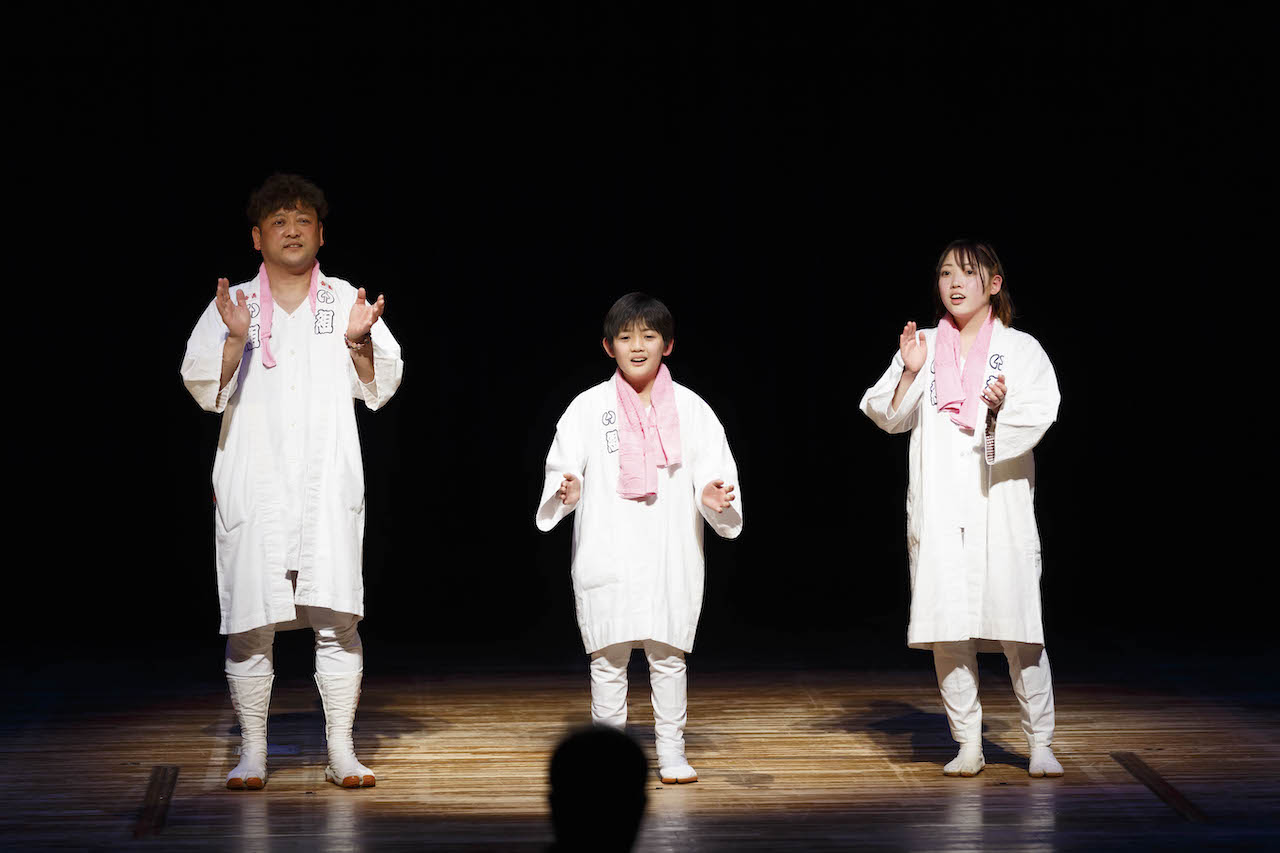
The Chigasaki Beach Hamaori Festival, which is said to have begun in the late Edo period, is also known as the "Festival of Dawn" because the portable shrine begins to move before dawn, and has been designated an intangible folk cultural property of Kanagawa Prefecture. Due to the COVID-19 pandemic, the festival was canceled last year, but we can't help but hope that the prayer for "good health" that is contained in the festival will be heard and that it will be held this year.
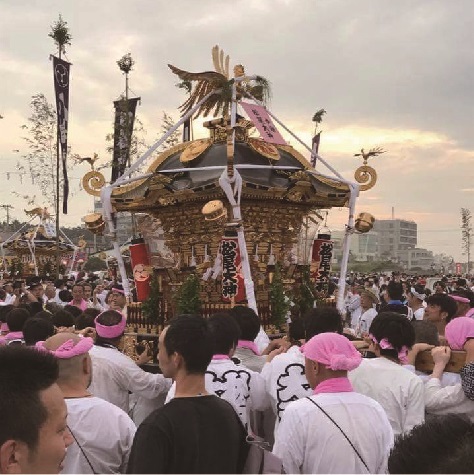
*Chigasaki Beach Hamaori Festival
A cypress stage and a silver folding screen were prepared on the stage, and the recording of "Ko no Kai" began. This is a male dance unit that is presenting new and powerful dance pieces one after another, with the aim of connecting Japanese traditional dance to the future.
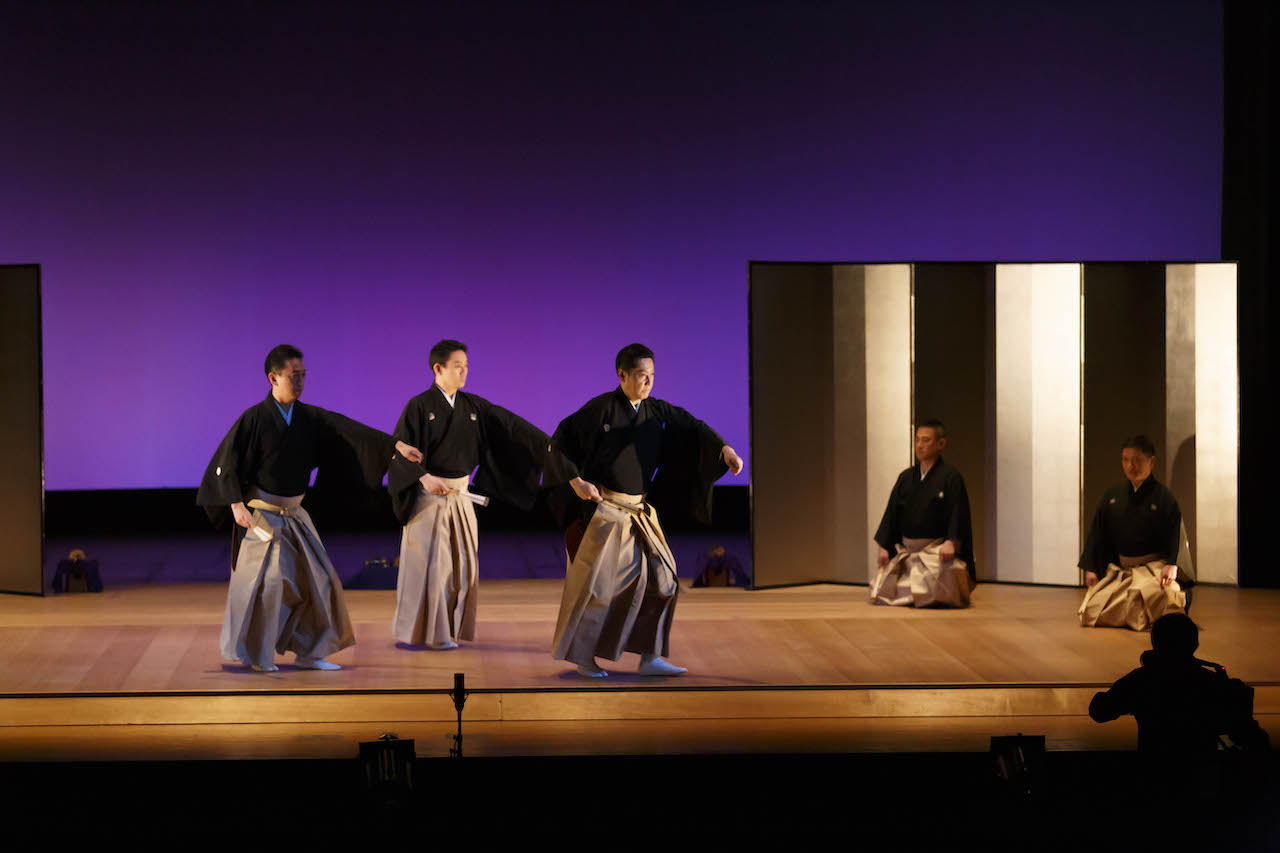
The piece is "Wakashishi," a Japanese dance adaptation of the representative Noh and Kyogen piece "Sanbaso." It is said that "Sanbaso" has been passed down as a dance with people's wishes for life, such as peace and prosperity, the elimination of epidemics, and good health, and the performance at this time of year feels even more prayerful than usual.

At the beginning, there was a demonstration of "kiribi," a technique used to create sparks using a flint. In Japan, where fire has always been seen as something "pure," there was a tradition of cutting fires to ward off evil and perform purification rituals. This demonstration was imbued with this wish.
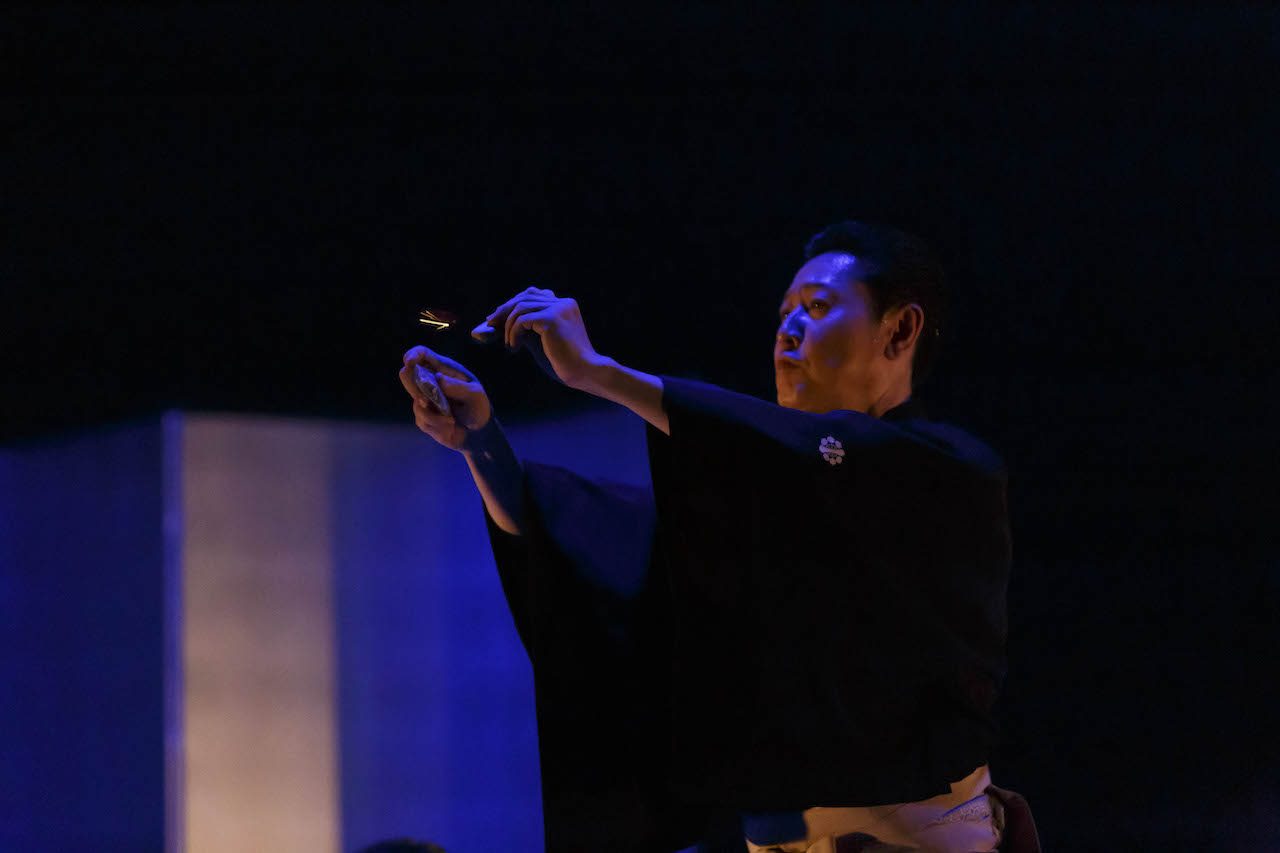
The streamed footage will also include the "Hakone Yutate Lion Dance" by the Hakone Miyagino Lion Dance Preservation Society, a performance by the shakuhachi and koto unit "Koibumi," traditional games from Kanagawa Prefecture, and interviews with the performers.

*Hakone Miyagino Lion Dance Preservation Society "Hakone Yutate Lion Dance"
*Click here to watch the video now!


